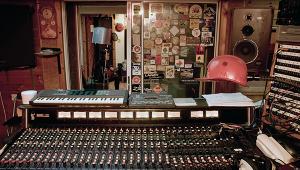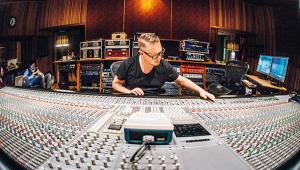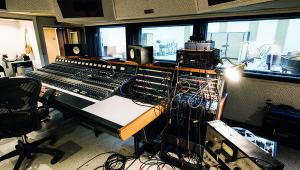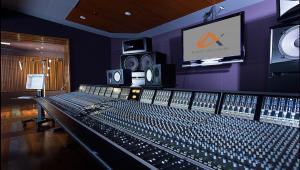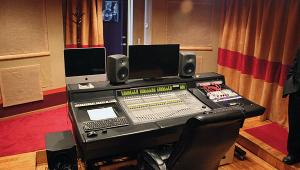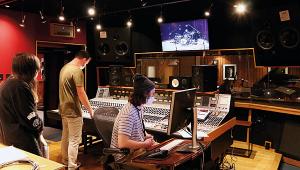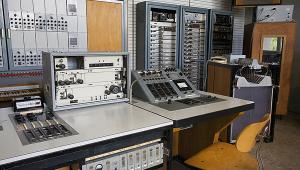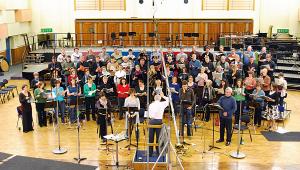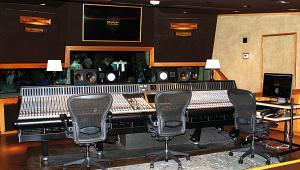Castle of Doom Studios
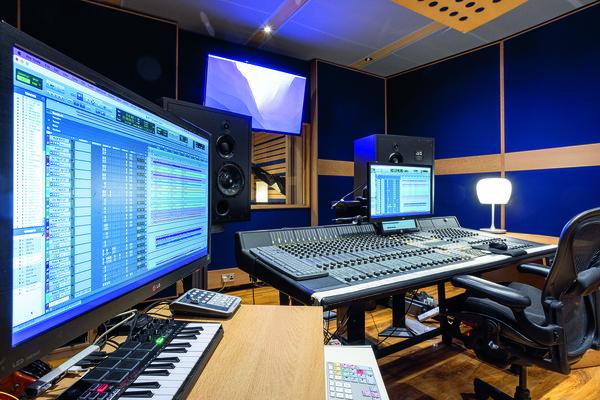
Many, many moons ago, when I was editing the NME, one of my principal duties was maintaining the myth. The paper had an historic reputation for integrity, for championing credibility above all else. Or, to put it another way, to support those who the caucus of writers considered worthy of having their musical efforts publicised to the readership with scant consideration for either chart positions or sales figures.
Which is all well and good if you can feasibly believe that your scribes' tastes are in harmonious accord with your audience. Trouble is, that's not necessarily a given. The NME was invariably staffed (and freelanced) by fanatics who felt it was their bounden duty to put their words and pictures behind deserving causes who were breaking new ground sonically or saying something important or profound.
Hence, just before my time, there were the legendary hip-hop wars when one set of writers would nearly come to blows with their fellow scribblers in editorial meetings over whether, say, Public Enemy should be on the next front cover rather than, say, The Smiths.
 Exterior of the Castle of Doom Studios building
Exterior of the Castle of Doom Studios building
Bigger Splash
However, no matter how righteous was the impetus to big-up the emerging hip-hop scene, the stats would steadfastly support the incontestable fact that a splash on Morrissey and Marr would always sell more copies of the paper than one on Chuck D and Flavor Flav. In fact, the fall-off should the hip-hop delegation get their way was somewhat alarming to the management who kept an unwavering eye on the bottom-line. So balancing the purist enthusiasm of the NME-ers with the sobering business reality that, if the paper didn't sell as well as it should, everyone's livelihood was potentially at stake, was the editor's unenviable lot.
The ideological battle during my tenure was basically dance vs Britpop. Put Blur or Oasis on the cover, sell loads. Underworld? Orbital? The Orb? A radical dip. And quite aside from the popularity of the genre or style of music with the readers was the manner in which the acts did - or more pertinently, didn't - promote themselves.
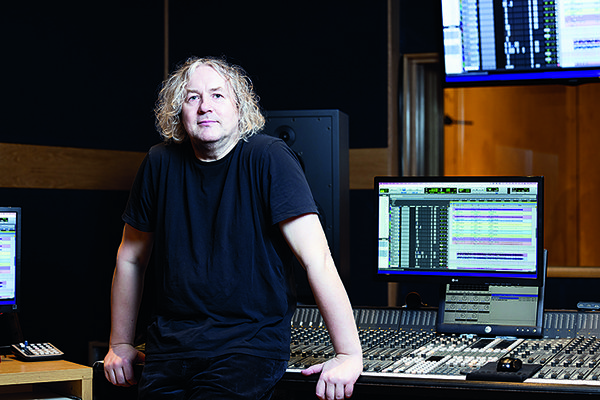 Tony
Doogan,
who runs
Castle of
Doom
Tony
Doogan,
who runs
Castle of
Doom
Sparse Image
In order to sell music papers and magazines on the newsstand you needed an arresting image to attract the browsers. And that wasn't the way dance and its DJ-ing proponents went about things. Most of 'em, The Prodigy's Keith Flint apart, looked just like you or me. Kinda glamour-less and lacking in any hope or ambition to appear charismatic.
And then there were the indie-er than thou-ers, such as Scottish band Mogwai, who whether by necessity or design made a virtue out of not playing the look-at-us game. Added to which Mogwai's records were lyriclessly instrumental, meaning there weren't even any messages or lame puns to play about with. Many of the writers loved 'em though, and kicked up a stink to get them on the cover which, granted, they probably deserved, but how to go about it?
I can't say I solved it. We lobbed on a photo that made them look kind of mysterious and shadow-y, their faces mostly hidden in hoodie cajoles, and I went into battle with the suits over the inevitable disappointing sales, trotting out the line I reserved for such emergencies - we have 51 front covers a year, so we can sacrifice sales on one or two of them and dine off the cred.
It was just as well, too, as it turns out the folks who made up Mogwai, despite their anonymity, transpired to be way more enterprising than most of their more fame-focused peers. While flavours of the week like Shed 7 and Bluetones, etc, now languish in what the hacks like to mock as indie landfill, popping up now and then on the sad festival revival circuit, Mogwai have become increasingly revered, their music commissioned for various movie soundtracks including 2006's Zidane: A 21st Century Portrait, 2015's Atomic, Living In Dread And Promise and 2016's Before The Flood, plus the TV series ZeroZeroZero from 2020, Kin (2021) and Black Bird, which was released to acclaim in 2022.
They also played a principal role in the artist-curated 'All Tomorrow's Parties' festival, performing at the inaugural event in 1999, choosing the lineup in 2000 and headlining the final shebang in 2013.
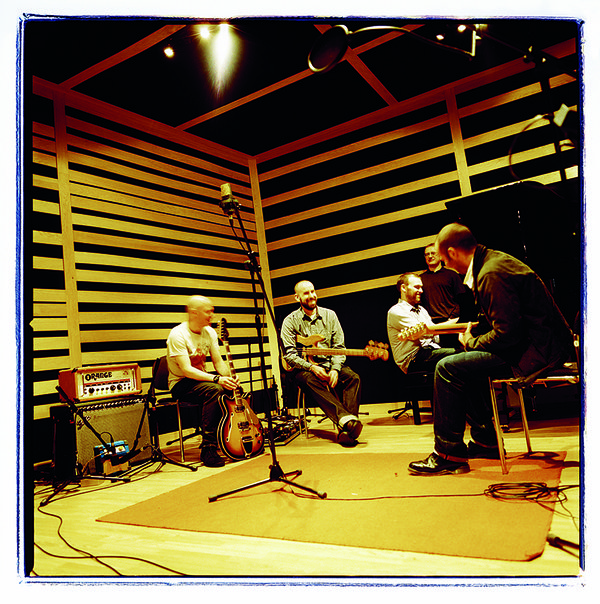
The studio’s
founders,
Mogwai,
writing in the
live room
Fortress Of Rock
And over and above all that, in 2005 the group created Castle of Doom Studios in a three-storey townhouse on Woodlands Road in the West End of their native Glasgow. It was (is still) a collaboration with producer Tony Doogan whose resume includes work as an engineer, mixer and/or producer with Teenage Fanclub (Thirteen); Belle & Sebastian (Lazy Line Painter Jane, Boy With The Arab Strap, Fold Your Hands Child You Walk Like A Peasant, Days Of Bagnold Summer and loads more brilliantly named records); Super Furry Animals (Phantom Power); Vaselines (V For Vaselines); and, of course, Mogwai (The Hawk Is Howling, Rock Action, Mr Beast, etc).
Originally COD, as it's called, was founded for Mogwai's use alone, a way to ensure they always had somewhere to build their soundscapes without the financial drain and the brain ache of finding and hiring studios willy-nilly. But once it was set up, pals in bands began to drop by and pretty soon they were booking space, the studio growing into a full-on business concern.
'It took a bit of time to set up', said Stuart Braithwaite, the nearest thing Mogwai have to a main man. 'As a result, we've discovered we're all useless with a lump hammer'. Fellow band member Barry Burns weighed in with: 'The Castle of Doom has actually turned out to be a really expensive gang hut. We have very expensive speakers and a broken dishwasher, so the priorities are right'. And here's Stuart Braithwaite again: 'The building looked like something from a Disney film. It was quite twee. I jokingly referred to it as the Castle of Doom and that became its name'.
Mr Beast was the first Mogwai LP recorded at COD: 'Since we were now recording in our own place, time wasn't an issue. It made the recording process pretty much endless', said Braithwaite in his splendid autobiography Spaceships Over Glasgow; Mogwai, Mayhem And Misspent Youth. 'This brought up a different set of issues, the main one being knowing when something was finished. With no-one saying that it had to be finished by a certain date, we ended up spending an awful lot of time on songs and it became pretty stressful. What we did end up with, though, was probably our most polished record'.
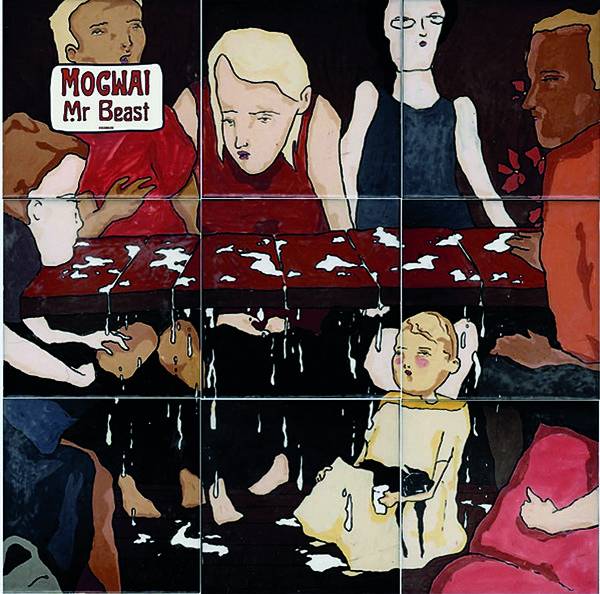
Label and
sleeve of Mr
Beast, the
first album
the band
recorded
at Castle of
Doom Studios
Essential Mix
On the COD website, the equipment listed includes a Euphonix CS2000 56-channel console, two Linn 328a monitors, a pair of Yamaha's NS10-M speakers and PMC TBS2 monitors driven by Sampson amps. However, Tony Doogan tells us that the studio now uses ATC SCM110ASL Pro monitors, with Bryston amps powering the PMC TBS2s. The site also mentions Pro Tools and, for analogue, an Otari MX80 console.
The website also states: 'It is well suitable for basics, overdubs and mixing… (and) the studio is equipped to mix for 5.1 surround sound and sync to picture for film work. Castle of Doom Studios has consistently recorded music that pushes the technical boundaries of what we think music should be'.
Which is just the way we like it.
